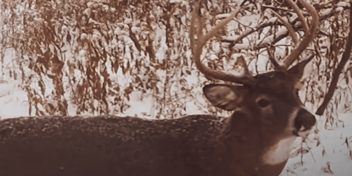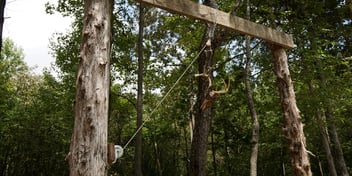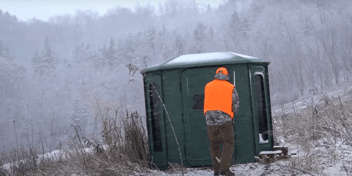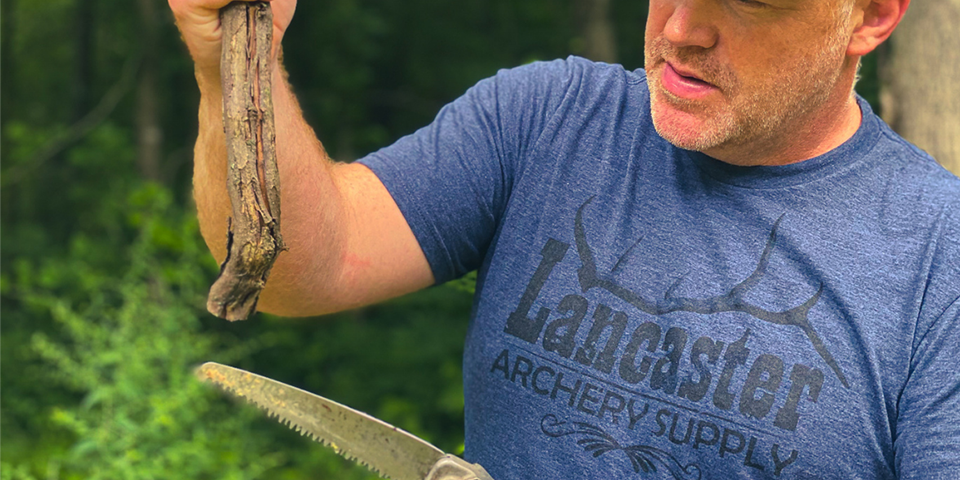
The popularity of mock scrapes has grown in recent years as more and more hunters utilize the tool to draw deer to a particular location for the shot, be it with a trail camera, or weapon.
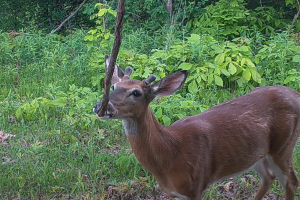 But far too often, hunters wait until the rut approaches to utilize a mock scrape. The reality is that a mock scrape will draw deer throughout the year.
But far too often, hunters wait until the rut approaches to utilize a mock scrape. The reality is that a mock scrape will draw deer throughout the year.
Summertime is not too early to install your mock scrape. In fact, it’s the perfect time to draw deer to your mock scrape to take inventory of bucks, does, and fawns. Below is a look at how Jeff Sturgis of Whitetail Habitat Solutions sets up mock scrapes on the properties he manages for whitetail deer.
Keep it Close
If you’re creating a mock scrape to potentially kill a deer from, then you need to place it within striking distance of your stand. Think about it. If you’re not drawing deer within range of your treestand or blind, then you’re drawing them further away from you. Make sure you place your mock scrape within range of what you feel is the perfect shot distance.
Making the Cut
Sturgis has grown fond of using mock scrapes over the years. He likes to use a vine for his scrapes.
“I like to cut a vine in a length of 6-7 feet and hang in such a way that the end hangs about waist level,” says Sturgis. “The longer length vine gives a more natural look, and I tie the vine in so that it can move about as deer work the scrape. I like the vine or limb diameter to be in the 3/4” – 1” range.”
Sturgis prefers to use a vine but says that any kind of tree that deer naturally scrape or rub will work fine for the mock scrape.
Cut a vine or limb in the 3/4” – 1” diameter range to use for an overhanging branch at your mock scrape.
Focus on the Branch, Not the Ground
While you tend to see bucks working the ground more intensely during the rut, there’s far less attention paid to the ground compared to the vine itself throughout the rest of the year.
Why? Outside of the rut, deer are primarily using the overhanging branch to leave scent from the preorbital gland (around the eye). Bucks, does, and even fawns will use the branch for contact throughout the year.
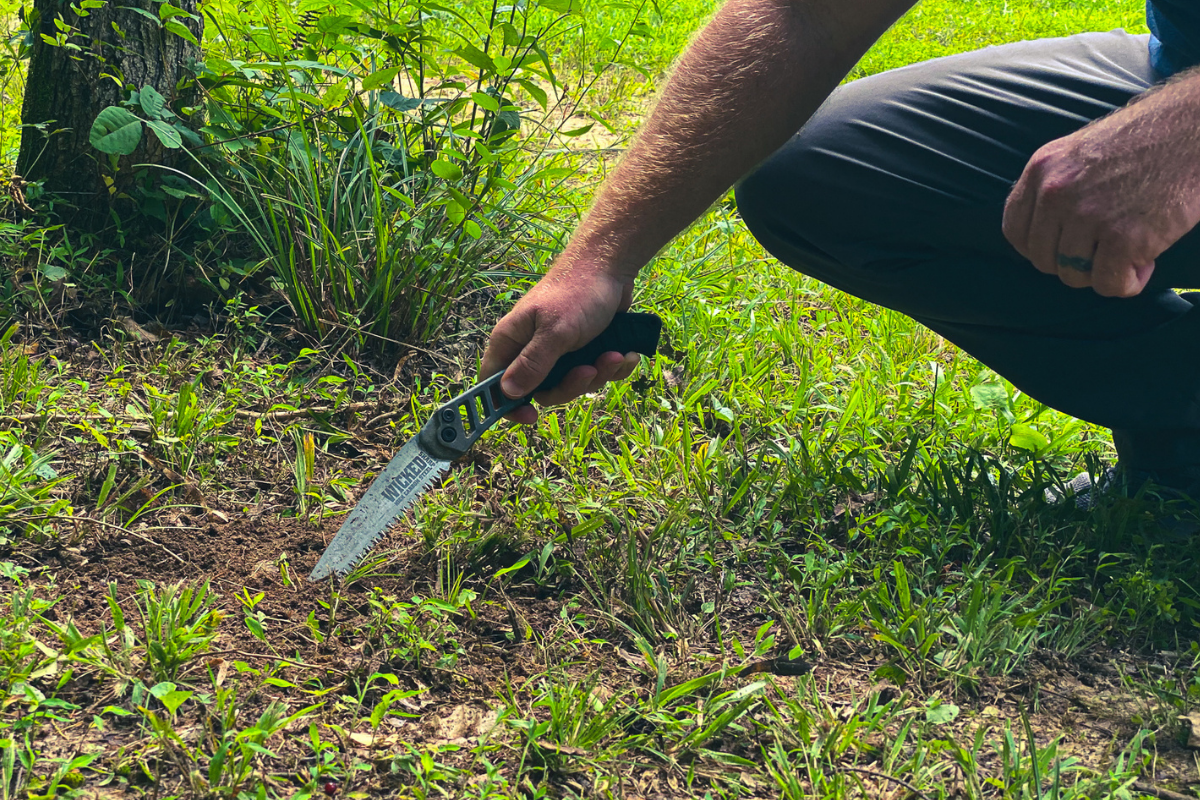
You can scratch up the ground with a stick, saw, or rake to set the scene visually for approaching deer, but remember, the main focus will be on the overhanging branch.
Keep it Clean
Be sure to clear out the area around your hanging branch or vine so that deer can work the branch from any side. You don’t want deer blocked in, or limited in the angle he or she works the scrape.
Cleaning the area will also allow you to maximize photo ops from your trail camera. Don’t leave branches or brush in the way that’ll trigger a photo when the wind is blowing, or limit visibility for a quality photo or video when deer show up at the scrape.
You can use a rake or stick to scrape out the ground for visual appeal and a more natural presentation, but keep in mind, deer will be much more focused on the hanging branch than they will on the ground.
Conclusion
Mock scrapes are not the end-all tactic for success. However, they are another tool in your bag of tricks to tip the odds in your favor as you work on conditioning the deer herd on your property and place deer where you want them for the shot.
So don’t wait any longer!
Use the tips mentioned above to create a mock scrape on the properties you’ll be hunting this season.

